-
 bitcoin
bitcoin $112195.049338 USD
2.42% -
 ethereum
ethereum $4124.915858 USD
2.81% -
 tether
tether $1.000570 USD
0.02% -
 xrp
xrp $2.861568 USD
2.25% -
 bnb
bnb $1000.346670 USD
3.04% -
 solana
solana $209.070819 USD
3.38% -
 usd-coin
usd-coin $0.999870 USD
0.02% -
 dogecoin
dogecoin $0.235379 USD
2.65% -
 tron
tron $0.335681 USD
-0.20% -
 cardano
cardano $0.803501 USD
3.38% -
 hyperliquid
hyperliquid $47.120881 USD
3.56% -
 chainlink
chainlink $21.501300 USD
3.44% -
 ethena-usde
ethena-usde $1.000571 USD
0.02% -
 avalanche
avalanche $29.793378 USD
3.62% -
 stellar
stellar $0.366964 USD
2.42%
Is the AVL indicator effective in futures? What should be paid attention to?
The AVL indicator helps traders analyze volume trends in cryptocurrency futures, but should be used with other tools to confirm signals and avoid false positives.
May 21, 2025 at 11:21 pm
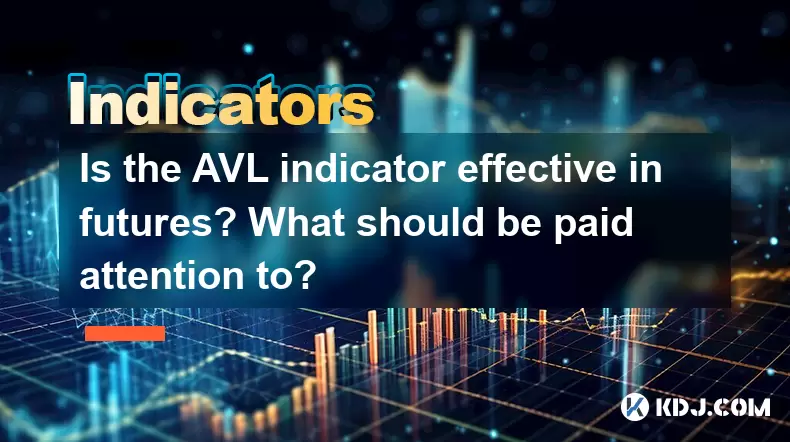
The AVL (Average Volume Line) indicator is a technical analysis tool used by traders in the cryptocurrency futures market to gain insights into market trends and potential price movements. This article will explore the effectiveness of the AVL indicator in futures trading and highlight key factors that traders should pay attention to when using this tool.
Understanding the AVL Indicator
The AVL indicator is designed to measure the average volume of trading activity over a specified period. It helps traders identify whether the market is experiencing increased or decreased trading activity, which can be a crucial factor in predicting future price movements. The AVL is calculated by taking the average of the volume over a set number of periods, typically ranging from 10 to 50 days.
Effectiveness of the AVL Indicator in Futures Trading
In the context of cryptocurrency futures, the AVL indicator can be particularly effective due to the high volatility and volume fluctuations common in these markets. By monitoring the AVL, traders can gain insights into the strength of market trends. For instance, a rising AVL may indicate strong buying or selling pressure, suggesting a continuation of the current trend. Conversely, a declining AVL might signal weakening momentum, potentially foreshadowing a trend reversal.
Key Factors to Consider When Using the AVL Indicator
When using the AVL indicator in futures trading, several factors should be considered to maximize its effectiveness:
Time Frame: The choice of time frame for the AVL calculation can significantly impact its usefulness. Shorter time frames may provide more timely signals but can be more susceptible to false positives. Longer time frames offer more reliable signals but may lag behind market movements.
Volume Confirmation: The AVL should be used in conjunction with other volume-based indicators to confirm signals. For example, if the AVL is rising and the trading volume is also increasing, this can provide a stronger indication of a continuing trend.
Market Context: The effectiveness of the AVL indicator can vary depending on the overall market context. During periods of high volatility, the AVL may provide more accurate signals, whereas in quieter markets, it might be less reliable.
Integration with Other Indicators: To enhance the effectiveness of the AVL, it should be integrated with other technical indicators such as moving averages, RSI, or MACD. This multi-indicator approach can provide a more comprehensive view of market conditions.
Practical Application of the AVL Indicator in Futures Trading
To apply the AVL indicator effectively in futures trading, traders can follow these steps:
Select the Time Frame: Choose an appropriate time frame for the AVL calculation based on your trading strategy. For day traders, a shorter time frame like 10 days might be suitable, while swing traders might prefer a longer period such as 50 days.
Add the AVL to Your Chart: Most trading platforms allow you to add custom indicators. Add the AVL to your chart and set the desired period for the calculation.
Monitor the AVL: Regularly monitor the AVL to identify trends in trading volume. A rising AVL can indicate increasing market interest, while a falling AVL may suggest waning interest.
Confirm with Volume: Use the actual trading volume to confirm the signals provided by the AVL. If the AVL is rising and the volume is also increasing, this can be a strong signal of a continuing trend.
Combine with Other Indicators: Use the AVL in conjunction with other technical indicators to gain a more complete picture of market conditions. For example, if the AVL is rising and the price is above a key moving average, this can reinforce the bullish signal.
Potential Pitfalls and Limitations
While the AVL indicator can be a valuable tool in futures trading, it is not without its limitations. Traders should be aware of the following potential pitfalls:
False Signals: Like all technical indicators, the AVL can produce false signals, especially in highly volatile markets. Traders should use additional confirmation tools to validate AVL signals.
Lag: The AVL, like other average-based indicators, can lag behind real-time market movements. This lag can result in missed opportunities or late entries into trades.
Over-reliance: Relying solely on the AVL without considering other market factors can lead to poor trading decisions. It should be used as part of a broader trading strategy.
Optimizing the AVL Indicator for Cryptocurrency Futures
To optimize the use of the AVL indicator in cryptocurrency futures, traders can consider the following strategies:
Adjust the Period: Experiment with different periods for the AVL calculation to find the one that best suits your trading style and the specific market conditions.
Use Multiple AVL Lines: Adding multiple AVL lines with different periods to your chart can provide a more nuanced view of volume trends. For example, you might use a 10-day AVL and a 50-day AVL to compare short-term and long-term volume trends.
Backtesting: Conduct backtesting to evaluate the effectiveness of the AVL in different market scenarios. This can help you refine your strategy and improve your trading outcomes.
Stay Updated: Keep abreast of market news and events that can impact trading volume. Sudden changes in volume due to external factors can affect the reliability of the AVL.
Frequently Asked Questions
Q1: Can the AVL indicator be used for all types of cryptocurrency futures?A1: While the AVL indicator can be applied to any cryptocurrency futures market, its effectiveness may vary depending on the specific asset and market conditions. Highly liquid markets with significant trading volume may provide more reliable signals, whereas less liquid markets might result in less accurate indications.
Q2: How often should the AVL indicator be monitored?A2: The frequency of monitoring the AVL indicator depends on your trading strategy. Day traders might need to check it multiple times throughout the day, while swing traders or long-term investors may monitor it less frequently, such as daily or weekly.
Q3: Is the AVL indicator suitable for beginners?A3: The AVL indicator can be used by traders of all experience levels, but beginners should combine it with other simpler indicators and ensure they understand the basics of volume analysis before relying on it for trading decisions.
Q4: Can the AVL indicator predict market reversals?A4: While the AVL indicator can provide insights into potential trend reversals by indicating changes in trading volume, it should not be used as the sole predictor of reversals. It is more effective when combined with other technical analysis tools to confirm potential reversal signals.
Disclaimer:info@kdj.com
The information provided is not trading advice. kdj.com does not assume any responsibility for any investments made based on the information provided in this article. Cryptocurrencies are highly volatile and it is highly recommended that you invest with caution after thorough research!
If you believe that the content used on this website infringes your copyright, please contact us immediately (info@kdj.com) and we will delete it promptly.
- CZ, Crypto, and Milestones: A Year of Reflection and Rebirth
- 2025-09-30 00:25:11
- eToro, LUNC, Update: Navigating Shifts and Stumbles in the Crypto World
- 2025-09-30 00:25:11
- Week Review: September Highlights - Neo's Blockchain Buzz
- 2025-09-30 00:30:01
- Gold, Dollar, Fed: Navigating Uncertainty in the Current Market
- 2025-09-30 00:30:01
- Bitcoin Core, Szabo, and Legal Risks: A NYC Perspective
- 2025-09-30 00:30:01
- Tokenized Assets, Web3, and EV Battery Swapping: A New Era?
- 2025-09-30 00:30:13
Related knowledge
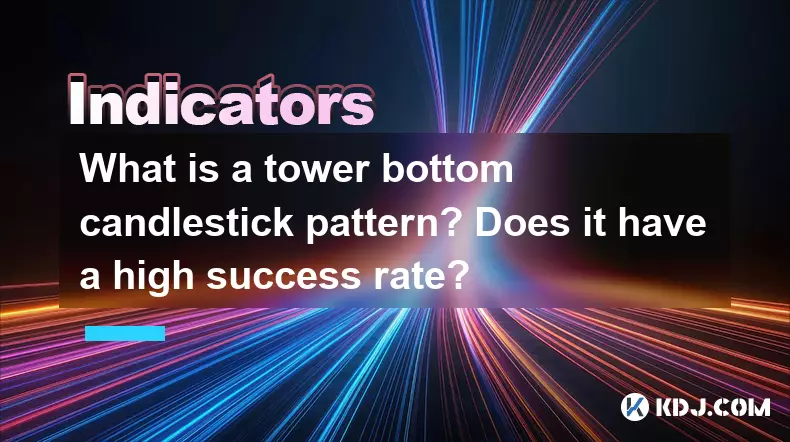
What is a tower bottom candlestick pattern? Does it have a high success rate?
Sep 22,2025 at 07:18am
Tower Bottom Candlestick Pattern Explained1. The tower bottom candlestick pattern is a reversal formation that typically appears at the end of a downt...
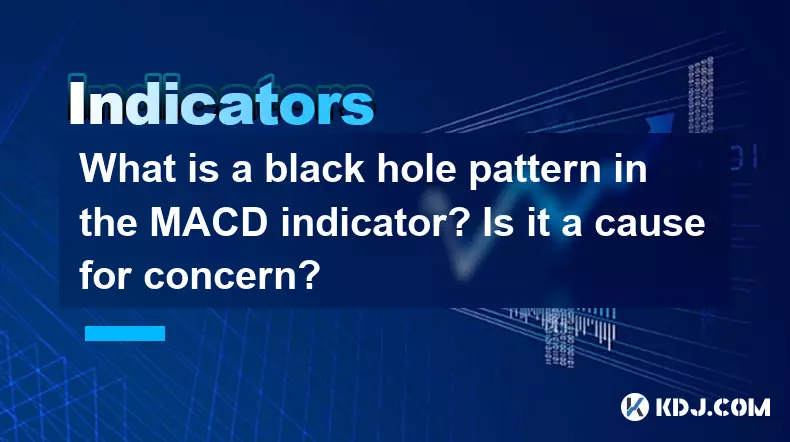
What is a black hole pattern in the MACD indicator? Is it a cause for concern?
Sep 21,2025 at 06:54pm
Bitcoin's Role in Decentralized Finance1. Bitcoin remains the cornerstone of decentralized finance, serving as a benchmark for value and security acro...

How can I use the psychological line (PSY) to determine market sentiment?
Sep 17,2025 at 02:19pm
Understanding the Psychological Line (PSY) in Cryptocurrency TradingThe Psychological Line, commonly referred to as PSY, is a momentum oscillator used...
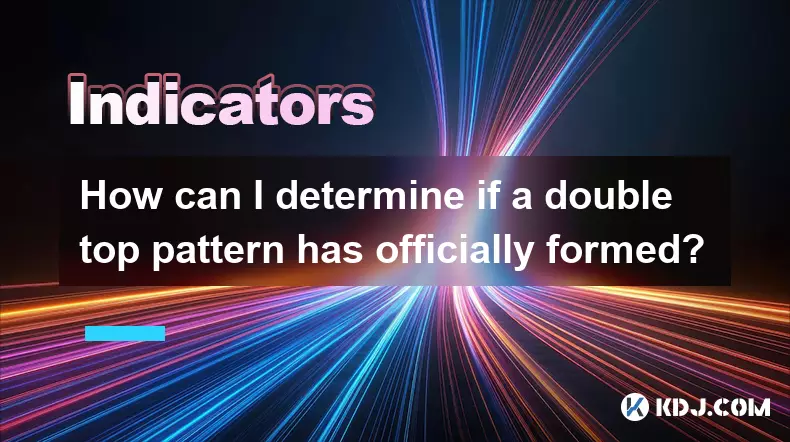
How can I determine if a double top pattern has officially formed?
Sep 21,2025 at 03:18am
Understanding the Structure of a Double Top Pattern1. A double top pattern consists of two distinct peaks that reach approximately the same price leve...
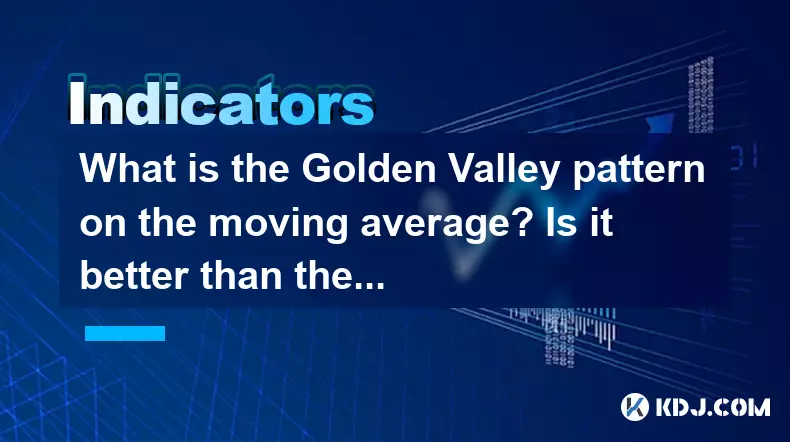
What is the Golden Valley pattern on the moving average? Is it better than the Silver Valley pattern?
Sep 21,2025 at 02:54pm
Understanding the Golden Valley Pattern in Moving Averages1. The Golden Valley pattern is a technical formation observed in cryptocurrency price chart...

What does a death cross of the RSI in the strong zone (above 50) mean?
Sep 17,2025 at 10:54pm
Understanding the Death Cross in RSI Context1. The term 'death cross' is traditionally associated with moving averages, where a short-term average cro...

What is a tower bottom candlestick pattern? Does it have a high success rate?
Sep 22,2025 at 07:18am
Tower Bottom Candlestick Pattern Explained1. The tower bottom candlestick pattern is a reversal formation that typically appears at the end of a downt...

What is a black hole pattern in the MACD indicator? Is it a cause for concern?
Sep 21,2025 at 06:54pm
Bitcoin's Role in Decentralized Finance1. Bitcoin remains the cornerstone of decentralized finance, serving as a benchmark for value and security acro...

How can I use the psychological line (PSY) to determine market sentiment?
Sep 17,2025 at 02:19pm
Understanding the Psychological Line (PSY) in Cryptocurrency TradingThe Psychological Line, commonly referred to as PSY, is a momentum oscillator used...

How can I determine if a double top pattern has officially formed?
Sep 21,2025 at 03:18am
Understanding the Structure of a Double Top Pattern1. A double top pattern consists of two distinct peaks that reach approximately the same price leve...

What is the Golden Valley pattern on the moving average? Is it better than the Silver Valley pattern?
Sep 21,2025 at 02:54pm
Understanding the Golden Valley Pattern in Moving Averages1. The Golden Valley pattern is a technical formation observed in cryptocurrency price chart...

What does a death cross of the RSI in the strong zone (above 50) mean?
Sep 17,2025 at 10:54pm
Understanding the Death Cross in RSI Context1. The term 'death cross' is traditionally associated with moving averages, where a short-term average cro...
See all articles


























![[Pycoin] PI Coin -Shocking Listance of Pycoin?! 'Rebellion' This time ... Pay attention to #paikoin [Pycoin] PI Coin -Shocking Listance of Pycoin?! 'Rebellion' This time ... Pay attention to #paikoin](/uploads/2025/09/29/cryptocurrencies-news/videos/pycoin-pi-coin-shocking-listance-pycoin-rebellion-time-pay-attention-paikoin/68da82f23cec1_image_500_375.webp)















































